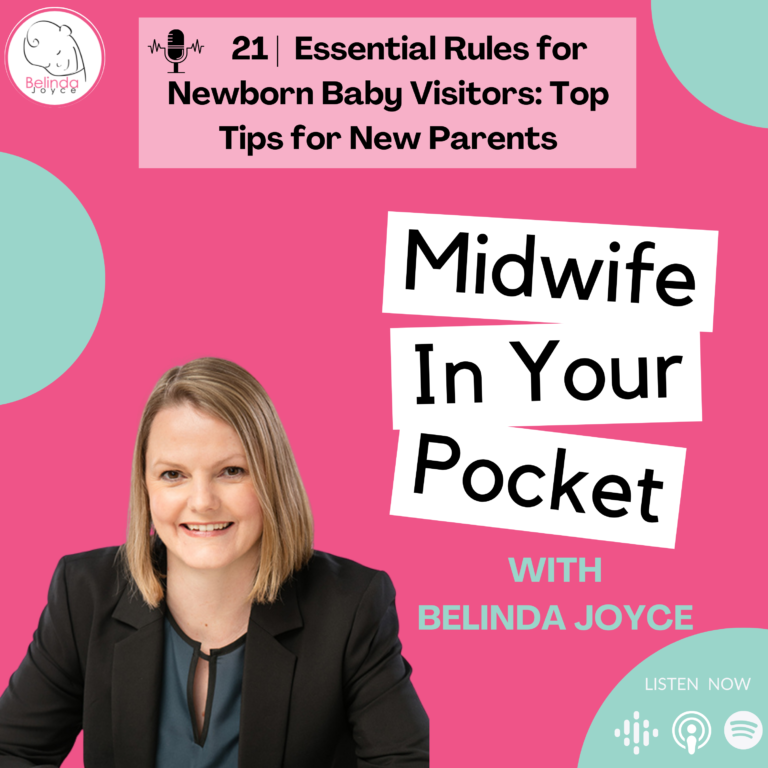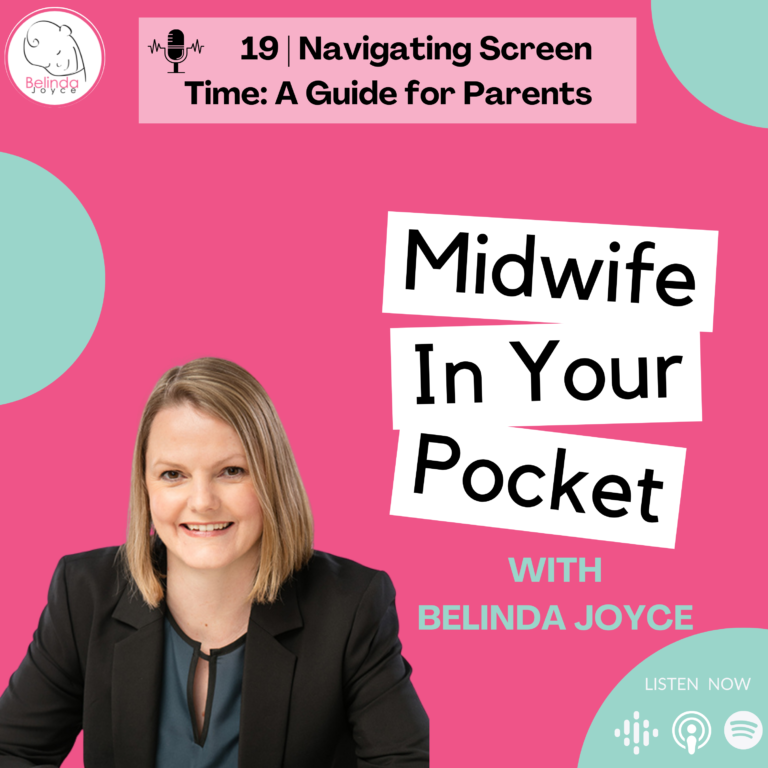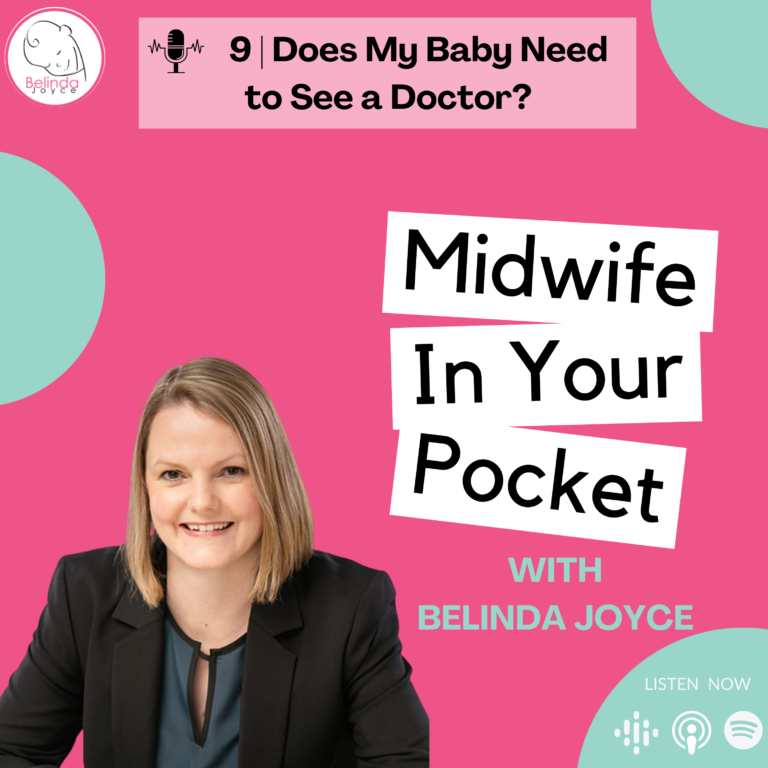Episode 10 | Demystifying Labour: What to Expect In Each Stage of Childbirth
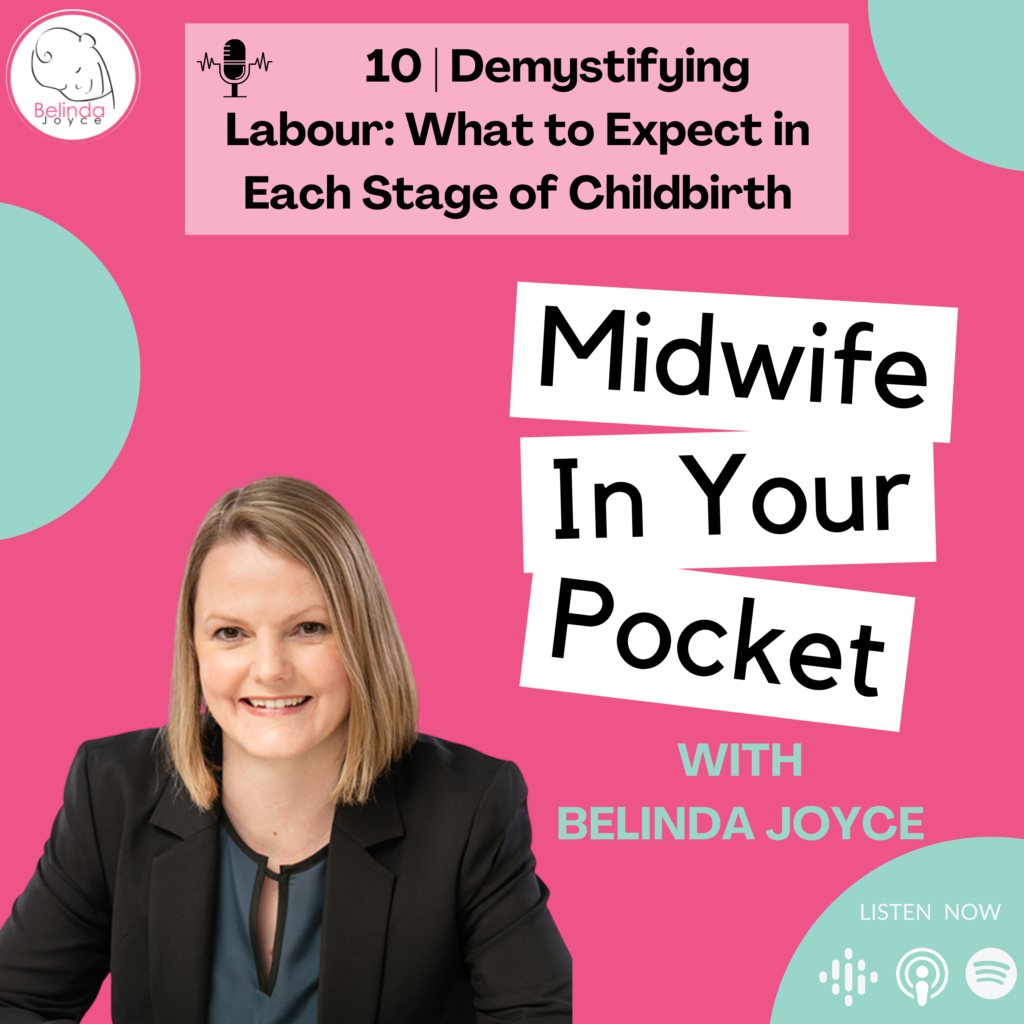
Podcast Episode 10: Demystifying Labour: What to Expect In Each Stage of Childbirth
In today’s episode, we’ll be diving into the three stages of labour, helping you understand what to expect during each phase of your childbirth journey.
Stage 1: The Beginning
The first stage of labour marks the onset of cervical dilation and the descent of your baby through the birth canal. During this stage, your cervix softens and gradually opens, eventually reaching around 10 centimetres.
Early labour may be characterised by irregular contractions and various signs like a ‘show’, lower back pain, or loose bowel movements. Remember, these early signs are your body’s way of preparing for birth. But like everything in pregnancy, birth and babies, everyone experiences this slightly differently and you may have some or none of these signs.
DISCOVER HOW TO SURVIVE & ENJOY YOUR BABY!
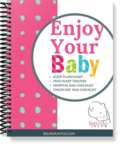 The pack is full of checklists and printables to help you improve sleep challenges with our flowchart, decide what to take to hospital, what equipment is essential, what to put in your nappy bag and so much more
The pack is full of checklists and printables to help you improve sleep challenges with our flowchart, decide what to take to hospital, what equipment is essential, what to put in your nappy bag and so much more
Here are some tips to cope during early labour:
- Stay at home for as long as possible.
- Rest whenever you can, especially at night.
- Keep your energy up with regular snacks.
- Try a warm bath or shower for relaxation.
- Try to empty your bowels regularly.
It’s not always easy to determine when labour has truly begun. During this time it is likely that your contractions will become stronger and more regular. It’s important to let your hospital or midwife know that you are in established labour. It’s ok if you’re unsure or feeling anxious, don’t hesitate to call your hospital or midwife for guidance. They’ll ask about your symptoms and help assess the progress of your labour. Strong indicators like ruptured membranes/broken waters, consistent contractions, or significant blood loss also warrant contacting your healthcare provider.
Remember, staying relaxed and informed is key during this phase.
As contractions intensify and become more regular, with intervals of less than three to five minutes, it’s time to head to the hospital or birthing centre or make sure your home birth midwife is coming to your home.
Many Mums feel more comfortable getting to hospital around this time as they can then get some support from their midwife as well as hear their baby’s heartbeat. From this time onwards you and your baby will be monitored regularly to check that all is going along normally. Most don’t need continuous monitoring unless it has been a high risk pregnancy and you will already know that this is needed.
This is also the time that some women will use massage, guided imagery, baths, showers and other comfort measures to stay comfortable. Some will also request medications to help them cope with the pain.
Transition:
This is the last part of the 1st stage, it’s the hardest part for most women, it’s the “I want to go home now”, “I can’t do this anymore” stage. I think this is often the stage they try to show in movies where women want to give up. But there is no way and in fact these are signs that the woman is very close to pushing. We will often mention this quietly to partners and support people to let them know that it is normal and expected and a good sign.
Stage 2: Pushing
The second stage of labour commences when the cervix is fully dilated, and it’s time to bring your baby into the world. Contractions become longer and stronger, accompanied by the urge to push and increased pressure in your pelvis. We often hear the change in the noises women make when a slight pushing urge starts. Having a baby often requires women to make many noises they don’t usually make. It’s the most primitive we get in this modern world.
Here’s how you can navigate through the second stage:
- Focus on your contractions and rest in between.
- Allow your body to guide you and try different positions.
- Use comfort measures like cold compresses or warm baths.
- Stay hydrated and conserve your energy.
Pushing can be intense but trust your instincts and listen to your midwife’s guidance. Remember, each woman’s experience is unique, but staying calm and breathing deeply can help you through this phase.
How long does pushing last?
Pushing can last up to 2 hours although there are many rests between pushes, not like what we see in the movies at all! In fact many women will have good conversations between pushes and then breathe and concentrate during them.
When the baby’s head is crowning and stretching the skin of your perineum between your vagina and anus you will likely feel a burning sensation as this skin becomes paper thin. Sometimes it will graze or tear a little and it may require some stitches after the birth – it’s important to keep pushing when you feel this sensation. Many women report it feeling like the biggest poo you’ve ever pushed out because your bowel is completely flattened also. This does sometimes mean that you may empty your bowels as well. But trust me this is very normal and your midwives will wipe this away and you probably won’t even know at the time – there is no other way to get your baby through the birth canal. This is much better than years ago when all women were given an enema to clear the bowel before or during labour!
During pushing, be guided by your midwife or doctor as they suggest breathing and pushing with your contractions.
Your baby will usually be born head first, often their body will slide out quite quickly after their head but sometimes it can take a few contractions for their whole body to be born.
You have birthed your baby, no one has delivered it (I really dislike this term as it is you who did all the work, not us or your dr).
Stage 3:
The third stage of labour begins after your baby is born and concludes with the delivery of the placenta and membranes. You will usually continue to experience contractions as your body works to expel the placenta.
Your midwife or doctor will assist in this process, often by gently pulling on the umbilical cord while you push. Be prepared for a feeling of fullness in your vagina as the placenta is expelled but compared to your baby, this part is easy.
And there you have it, the three stages of labour simplified. Understanding what to expect during each phase can empower you to navigate your childbirth journey with confidence. Remember, trust in your body’s ability to bring your baby into the world.
Childbirth education is very important so you can make informed choices throughout your birthing journey, please consider taking classes through your birthing hospital, midwife or obstetricians rooms. Many are now online and more easily accessible at times that suit you, some even on demand.
Unfortunately, you will likely hear many horror birth stories when you’re pregnant and I don’t know why people share them with you. There are also many beautiful birth stories that get shared less often. Women tell me they don’t want others to feel bad so they keep them to themselves but that means most woman go into labour being scared.
Try to keep an open mind and remember that each contraction is one closer to meeting your baby, and believe me, when your baby is born you will feel amazing!
Go back and listen to episode 3, all about the 4th stage of labour, the first 2 hours after birth to hear what happens next!
Connect With Me:
Web: www.BelindaJoyce.com
Facebook: @BelindaJoyceMidwife
Instagram: @belinda_joyce_midwife
TikTok: @belinda_joyce_midwife
Download Belinda’s FREE Baby Bundle:
- Checklists for baby equipment, hospital bag, nappy bag, travel & childcare bag
- Newborn Sleep Flowchart-what to do next
- Baby Feed & Sleep Tracker
LOVE THE MIDWIFE IN YOUR POCKET PODCAST?
Hey, Mama! Podcast reviews are super important on iTunes and the more reviews we receive the more likely iTunes will reward us and help us reach more Mums just like you who are looking for some support and community through this journey of motherhood. Review me on iTunes!
If you prefer to listen on Spotify, go ahead and rate the podcast, this helps too!
If you’ve loved this podcast, never miss another one! All you have to do is SUBSCRIBE to the Midwife In Your Pocket Podcast on your favourite podcast platform.
Music: https://www.purple-planet.com



